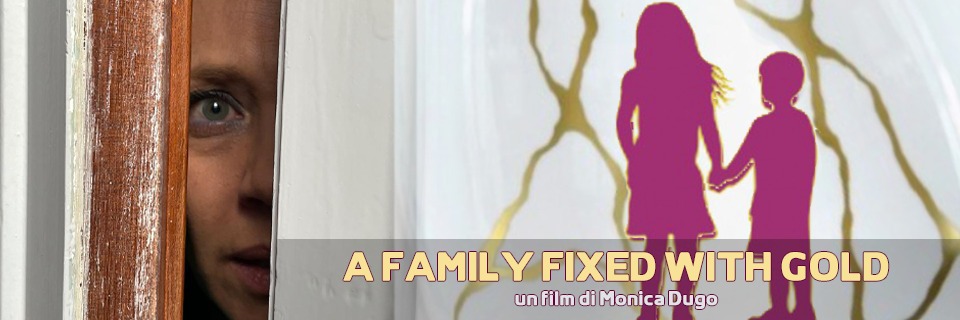

“Do you know those days when you feel particularly lucky? …” Sveva, 14, introduces us to the story.
She recovers herself with her mobile phone, arrives home, goes straight to Lisa’s bedroom, 50, her mother. Her father emptied his wardrobe and left; her mother filled it up with herself.
The pieces of a large broken vase to be glued are in the wardrobe, like a large puzzle to be put back together. It’s a bit of a metaphor for the story, trying to fix a broken item, Lisa’s life, and consequently Sveva’s too.
The teenager is tired of helplessly witnessing the pain of her mother, buried inside the wardrobe and tries to find a solution to speed up the grieving process. The only thing that comes to mind is to bring out Lisa’s weaknesses, showing them to her, stimulating her a change.
Sveva points out her indolence, easy crying, encourages her to take care of her plants, her environment and mostly herself… In doing so, Sveva accompanies her mother on a path of personal growth, a path made of simple things, sometimes reversing the mother/daughter roles, and then reconfirming them.
Lisa will question herself in order to arrive at an improvement. The change does not make her father return home, but it is the beginning to start living worthily again. This happens after the wardrobe, which has become a refuge, falls horizontally to the ground and shows its resemblance to a coffin. It shows Lisa and Sveva what their relationship and their life has become.
The large broken vase will be reassembled with a special golden glue, it will be different, but the large and visible scar will make it more beautiful and valuable than before. As well as Lisa’s life.
Sveva’s eyes, her adolescent gaze, her language, to comfort and console, to tell her contrasting feelings, act as a filter and agnifying glass to the whole story, with moments of irony, in a delicate and intense way at the same time.
